- Solar energy blog
- How will changes to UK land categorization affect the future of solar farms?
How will changes to UK land categorization affect the future of solar farms?


Gonzalo de Blas
Account Owner
Before joining RatedPower, I studied in London and worked at the Spanish Chamber of Commerce in Taipei. I have lived in the UK, Taiwan, China, Germany and Spain, and I used to spend a lot of time in France, where part of my family lives.
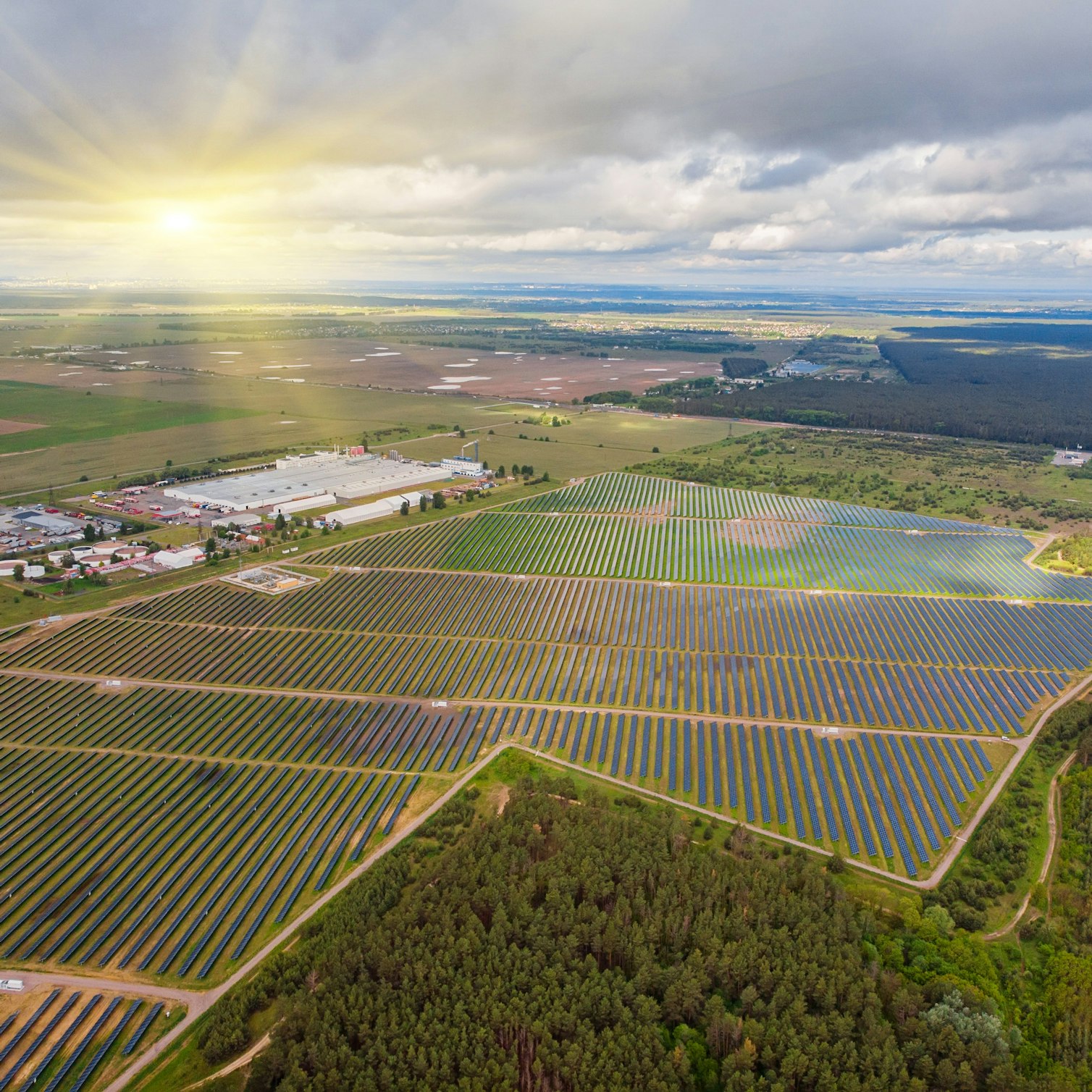
Content
UK government proposals to change land categorization in England have created uncertainty about the development of new photovoltaic power stations.
Former Prime Minister Liz Truss had planned changes in October 2022 that would effectively ban the development of new solar farms in England in favor of using the land for farming. The changes were dropped after her short term in office, but more recently, there have been indications that the plans could be revived.
What does this mean for the future of the UK solar industry?
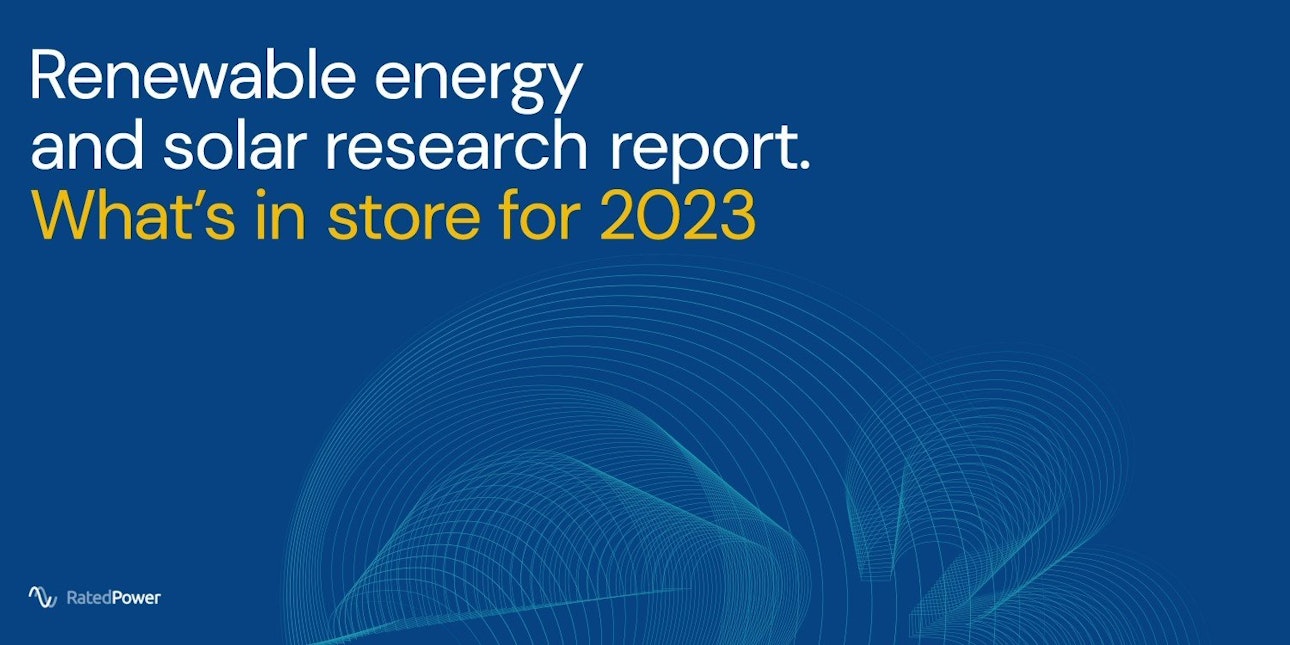
Want to learn more about the challenges the renewables industry faces in 2023? Download our Renewable Energy and Solar Research Report to gather insight into what 100 renewable industry experts think and predict for the sector in 2023.
Where does solar power fit into the UK’s land categorization?
In the UK, land is designated within the Agricultural Land Classification (ACL) scheme as Grades 1 - 5, with several subsections:
Grade 1 is categorized as excellent quality agricultural land that produces high yields with consistent quality.
Grade 2 is considered very good quality agricultural land that produces generally high yields, but these may be lower or more variable in quality.
Grade 3 is good to moderate quality agricultural land with limitations that affect the choice of crops.
Grade 3a is good quality agricultural land that can consistently produce moderate to high yields of a narrow range of arable crops, especially cereals.
Grade 3b is moderate-quality agricultural land that can produce moderate yields of a narrow range of crops, primarily cereals and grass, or high yields of grass that can be grazed or harvested over most of the year.
Grade 4 is categorized as poor-quality agricultural land with severe limitations that significantly affect the range of crops or yield levels.
Grade 5 is very poor-quality agricultural land with severe limitations that restrict the land to permanent pasture or rough grazing.
Grades 1 - 3a are designated as "best and most versatile" (BMV) land, which is reserved for farming as it is the highest-quality land that can be used for this purpose. The development of BMV land for solar photovoltaic (PV) systems, housing, and other uses is highly discouraged.
Most solar farms in the UK are currently installed on land that is designated as 3b.
The Department for Environment, Food & Rural Affairs (Defra) has been exploring plans to expand the scope of BMV to include middling-to-low category 3b land to protect farmland and enhance food security.
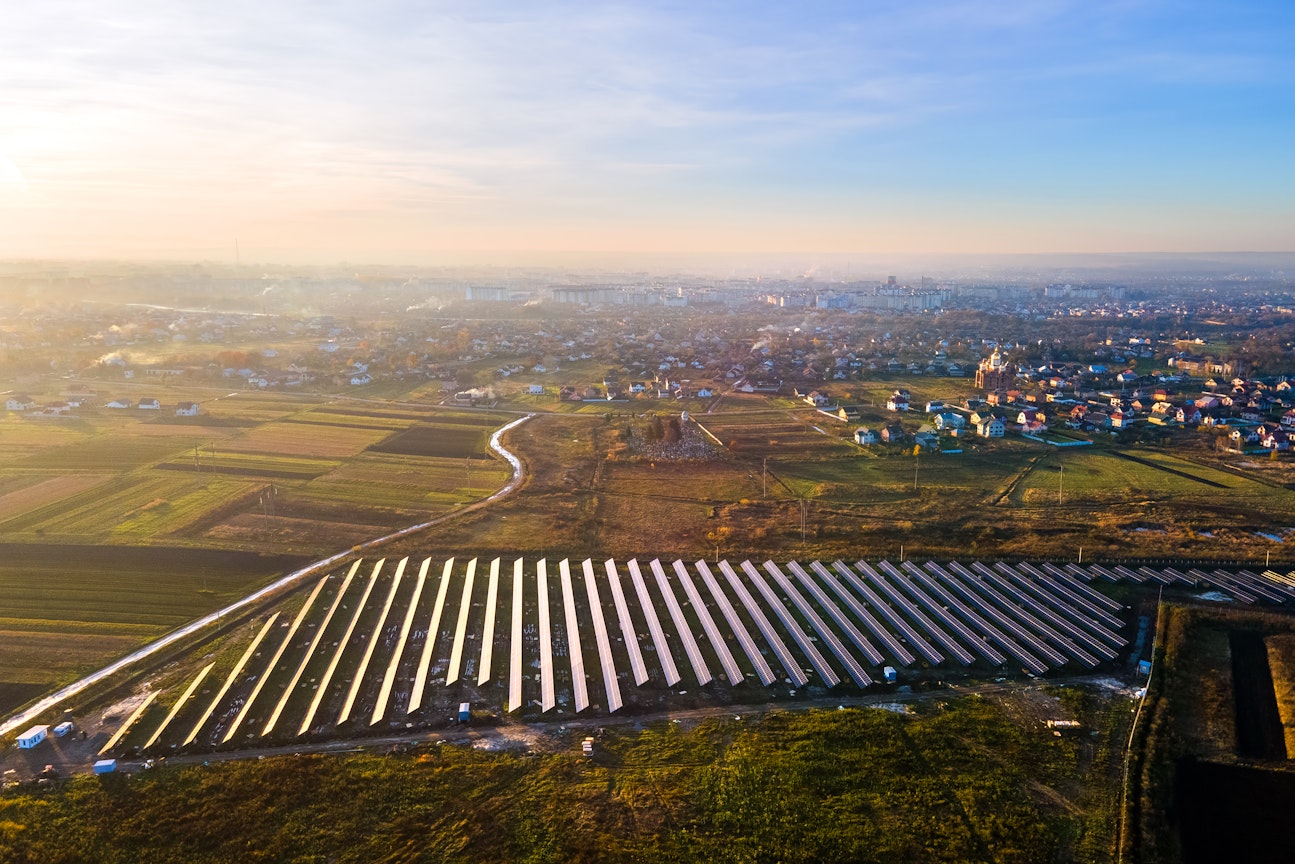
How the UK government balancing renewable energy projects with food security
Liz Truss resigned in October 2022, and in November 2022, the new environment secretary, Thérèse Coffey, said that it is important to make use of the best land for food security while allocating brownfield sites to renewable energy projects.
Approval for the changes in land classification would be needed from the Department for Business, Energy, and Industrial Strategy (BEIS) and the Department for Leveling Up, Housing, and Communities.
BEIS ministers are against the move, as they are keen to demonstrate that they are deregulating renewable energy as well as the oil and gas industry.
However, more recently, current Prime Minister Rishi Sunak’s administration has indicated that it will support the deployment of more solar farms in England. Coffey and farming minister Mark Spencer have indicated they do not intend to extend planning protections to moderate quality 3b land.
In December, Coffey told the House of Commons - Environment Food and Rural Affairs Committee that she backed “a lot more” solar power generation on farmland, including 3b land, having previously said that she would make decisions on land use and food security in response to evidence.
Farming minister Mark Spencer told the Guardian: "We shouldn’t be stopping farmers who want to diversify their income from doing that as that would be harmful, so I’d have no problem with them putting some solar panels down on 3b land. But we can’t then have thousands and thousands of acres taken away that could otherwise be used for food production. It has to be a balance.”
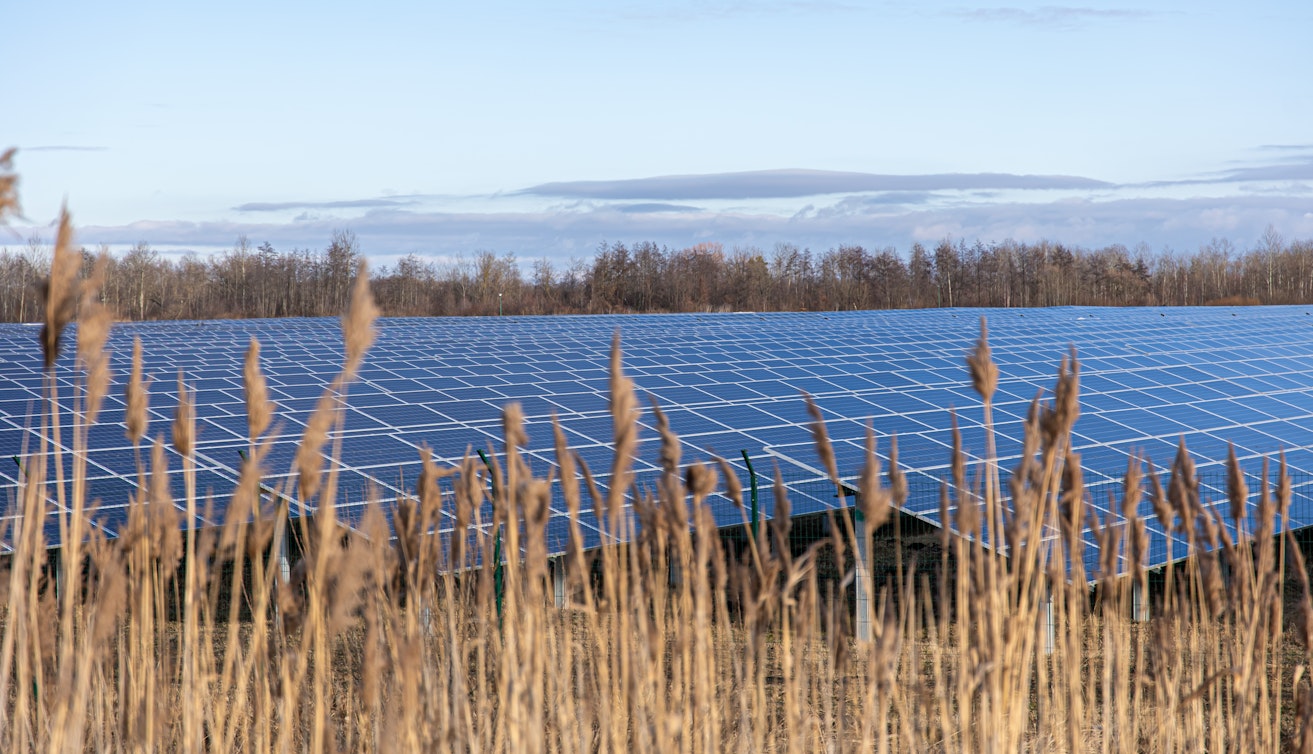
What does this mean for the future of solar farms in the UK?
If it were to go ahead, the proposal to extend the BMV categorization to 3b land would effectively prohibit solar farms from being constructed on 41% of the land in England or around 58% of the country’s agricultural land.
By contrast, if all the solar farms that have been proposed were built, they would account for less than 0.4% of the UK’s farming land and 0.28% of its total land area, according to the trade association Solar Energy UK.
Most solar farms are currently built on 3b sites, so this would significantly impact the viability of new solar energy projects in the UK in the future, making more than half the land typically used for solar farms off-limits.
Grade 4 and 5 land is less suitable for use by the solar sector, so it would not be able to provide viable substitutes for project development. The lower grades of land tend to be in highland areas that do not have sufficient flat ground and good soil for installing solar panels. They are also likely to be located far from access to the electricity grid.
The move would severely hamper the energy sector’s ability to meet the government’s target to reach 70GW of solar power generation capacity by 2035, up from 14GW in 2022.
However, in December, the government approved an appeal by a 50MW solar farm project in Devon, one of the first it has backed, indicating that it is not entirely opposed to new solar energy projects.
A decision that joins a growing trend globally as US, EU, and Australian governments aim to increase renewable electrical energy output in response to the global energy crisis.
RatedPower solar design platform helps PV project developers identify the optimal locations for utility-scale solar farms and create the most efficient site designs to maximize power generation and return on investment. Check out our resources on renewable energy to learn more.
Latest stories
Related posts
Market analysis
Defrosting the frozen Nordic solar market
Explore the Nordics’ solar grid challenges and energy transition strategy. Read the blog to uncover policy gaps and solutions shaping Europe’s green future.
Updated 8 JUL, 25
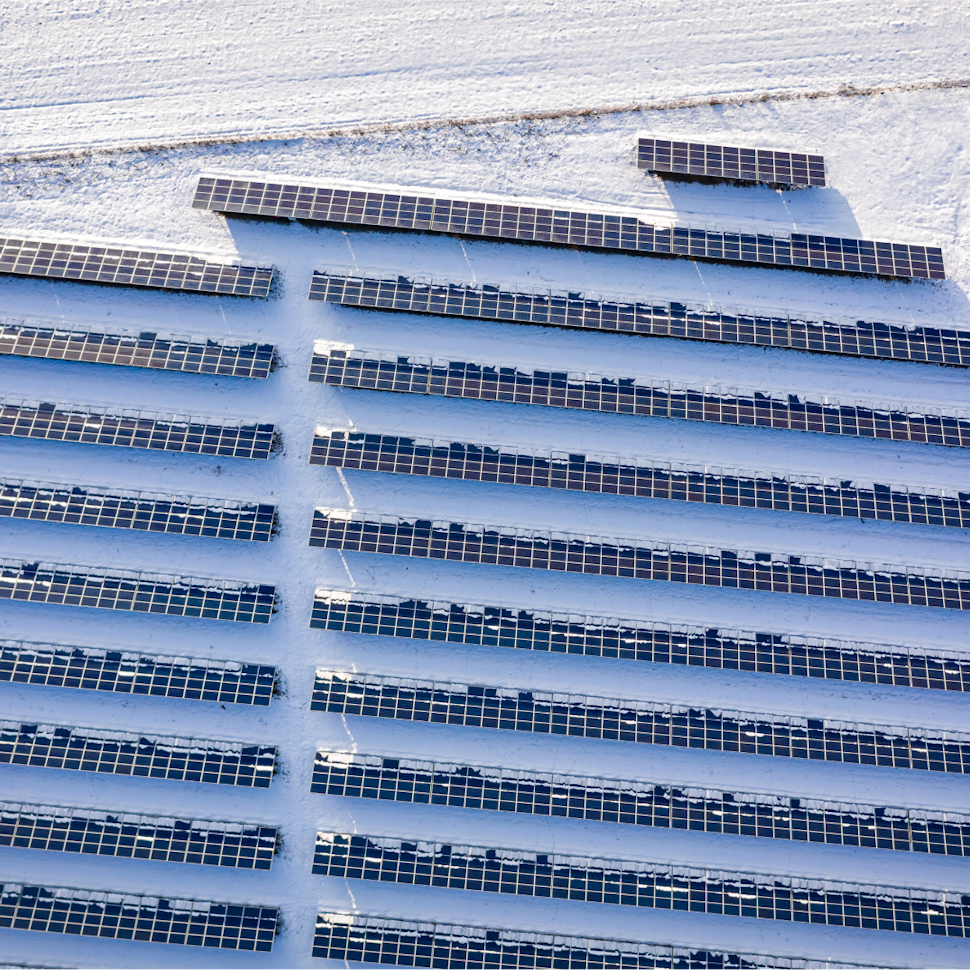
Market analysis
U.S. solar manufacturing grows fourfold, thanks to Inflation Reduction Act
Find out more about the Inflation Reduction Act and how it has increased U.S. solar manufacturing capacity fourfold since the legislation passed in 2022.
Updated 24 JUN, 25
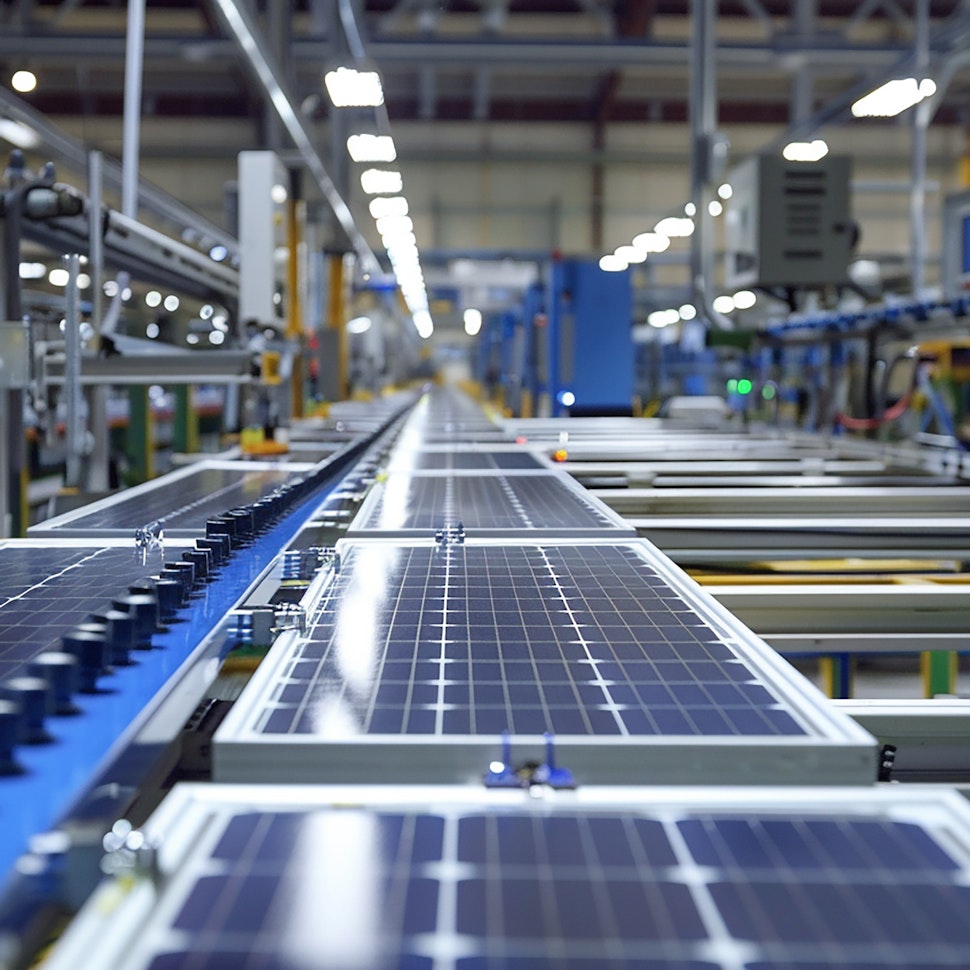
Market analysis
Italy’s €9.7 billion plan to boost renewables and reach net zero
Explore a new state aid scheme helping Italy to work toward a cleaner future and investing in onshore wind, solar PV, hydropower, and sewage gas projects.
Updated 10 JUN, 25
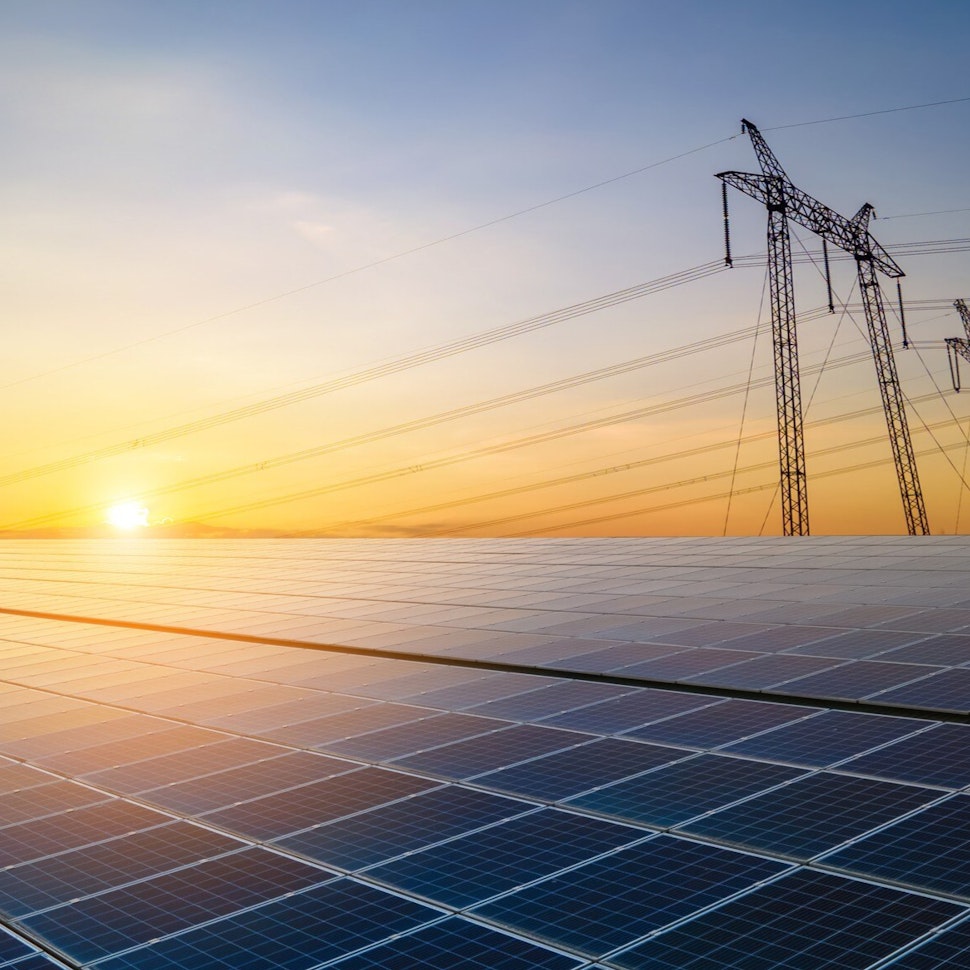
- RatedPower
- Solar energy blog
- How will changes to UK land categorization affect the future of solar farms?

